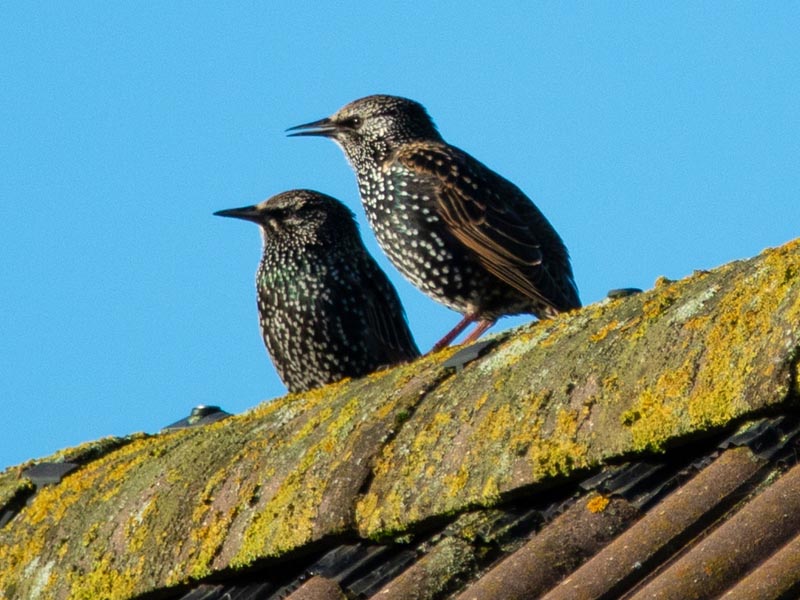
Why Remove Starling Nests
Starlings primarily build their nests in wooded areas, but in urban environments, they can be found in crevices of buildings and other structures, utilizing materials such as grass, feathers, wool, and moss. The crucial element for a successful nest is its ability to protect the starlings from predators and the elements.
These nests are often expanded with the addition of more materials, leading to their substantial and disheveled appearance. Surrounding the nest, there are often white streaks caused by bird droppings. Although not an intimidating bird, starlings pose a significant health risk. They are known to be a carrier of the fungal respiratory illness histoplasmosis and can cause significant damage. The acidic content of their excrement can corrode building walls and ledges.
Despite their nimbleness, starlings are regarded as unwelcome pests due to the sheer numbers in which they gather. They frequently flock together, creating a nuisance for property owners.
CONTACT THE BIRD CONTROL SPECIALIST ON 0203 600 1045
How do We Remove Starlings?
Starlings are small birds that can cause significant damage to buildings and structures. They can be noisy, messy, and can create a health hazard. If you have a starling problem, it’s important to take action to remove them. Here are some methods for removing starlings:
Professional cleaning: Before any preventative treatments can be applied, it’s crucial to have the affected areas professionally cleaned. This will ensure that any existing bird droppings, feathers, and nesting materials are removed, and the area is sanitized. Professional cleaning will also help to identify any potential entry points for the birds.
Anti-perching products: Anti-perching products such as spikes, netting, and sprung bird wire systems can be effective at deterring starlings from perching on your building. However, it’s essential to ensure that these products are applied correctly. In most cases, the surfaces they are affixed to should be professionally cleaned before application, or they should be applied by a professional.
Electronic deterrents: Electronic deterrents emit high-frequency sounds or use visual cues to scare starlings away. These devices can be effective in some situations, but they may not work in all environments. It’s important to use electronic deterrents in conjunction with other methods for best results.
Hawking: This is a natural way of removing starlings. Hawking involves using trained birds of prey, such as falcons, to hunt and scare away starlings. This method is often used in areas where other methods have failed, or where it’s not possible to use other methods.
We will consider a range of preventative treatments, including netting, spikes, electronic deterrents, Hawking, and sprung bird wire systems. Our recommendations will take into consideration the aesthetics of your building and its purpose, as well as the extent of the starling problem. We’ll work with you to develop a comprehensive plan to remove starlings and prevent them from returning.
